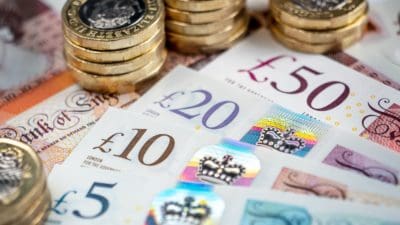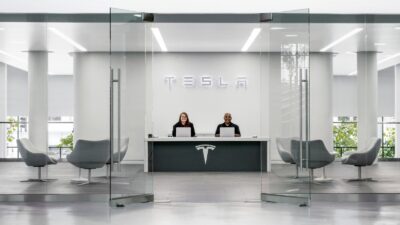One of the risks of being an income investor is that you can be seduced by attractive yields, which are sometimes a symptom of a declining business or a falling share price.
Take Marks & Spencer Group (LSE: MKS) (NASDAQOTH: MAKSY.US), for example. The firm’s 3.6% prospective yield is attractive, but 3.6% is substantially less than the long-term average total return from UK equities, which is about 8%.
Total return is made up of dividend yield and share price growth combined — but with M&S shares already up by 28% this year, is a period of weakness likely if the firm’s clothing business continues to disappoint?
What will Marks & Spencer’s total return be?
Looking ahead, I need to know the expected total return from Marks & Spencer shares, so that I can compare them to my benchmark, a FTSE 100 tracker.
The dividend discount model is a technique that’s widely used to value dividend-paying shares. A variation of this model also allows you to calculate the expected rate of return on a dividend paying share:
Total return = (Last year’s dividend ÷ current share price) + expected dividend growth rate
For the dividend growth rate, I usually average dividend growth between 2009 and the current year’s forecast payout, to provide a more reliable guide to the underlying trend. Here’s how this formula looks for M&S:
(17.0 ÷ 494) – 0.00226 = 0.032 x 100 = 3.2%
My model suggests that M&S shares may return just 3.2% per year over the next few years, substantially underperforming the long-term average total return of 8% per year I’d expect from a FTSE 100 tracker.
Isn’t this too simple?
One limitation of this formula is that it doesn’t tell you whether a company can afford to keep growing its dividend.
My preferred measure of dividend affordability is free cash flow — the cash that’s left after capital expenditure and tax costs.
Free cash flow is normally defined as operating cash flow – tax – capex.
Marks & Spencer’s 2013 results show that it generated free cash flow of £559.8m last year, 2.1 times the amount it spent on paying shareholders’ dividends.
Although Marks and Spencer’s dividend should be safe, it’s worth noting that interest costs, pension deficit payments, and dividends accounted for 85% of the firm’s free cash flow last year, suggesting that dividend growth could remain constrained in the years ahead.







